When we talk about Made in Italy and we want to obtain such products, are we sure that we are provided with exactly that? Can we tell if a product is Made in Italy by its selling price?
Made in Italy: synonymous with craftsmanship, quality, safety. But can we really be sure about the “Made in Italy”? Our country has created a positive reputation regarding these three short words, so it becomes very easy to take advantage of them. There are a lot of Italian companies that produce products abroad and then label them as domestic, and the same can be said of those companies that buy the products directly from abroad.
Shall we then talk about the blatantly counterfeit products or imitations that mimic designs and brands but actually have poor quality and are of dubious provenance?
In this situation, it is easy to get confused; one cannot understand: what is authentic? What is not? How can one protect himself from deception?
The owner of Kilton company, in this article, suggests small but important steps to recognize a true Made in Italy product.
Tips for recognizing a Made in Italy product
Here is what each of us can do.
- Pay attention to the origin of the product, the history of the brand and the selling company: check if the company is based in Italy, or if it started abroad and has only an Italian marketing image, or even if it manufactures abroad. All this information offers very useful clues.
- Focus on the selling price. Although there is no standard price that can be associated with this type of product, there are companies that sell at higher prices because they actually employ better materials and more expensive production processes. But we may find ourselves in the case where the poor product incurs an exaggerated mark-up, or simply the product is actually Made in Italy but for some reason has come to cost very little.
- Evaluate the product and its quality. Authentic Made in Italy products are usually characterized by attention to detail, choice of high-quality materials, and unique craftsmanship. If we notice flaws in workmanship, low-quality materials, or an unconvincing design, the product is probably not authentic.
The product looks Italian: can the Asian market produce the same quality?
It is all very uncertain, partly because those who take advantage of it have become good at camouflage and disguise over time.
Another big problem is the fact that the Asian market brings out of its borders products that are not even that poor anymore-they have now reached the same level as us and their products are almost unrecognizable except through extensive testing, and this is because our domestic policies have been short-sighted in protecting the quality of our product.
Just think of shoes alone: when a well-known high-fashion brand, which also deals in footwear, relocates production to China, it actually teaches thousands of people what steps are required to produce a fine shoe.
Since then, satellite companies have sprung up offering similar products, with slightly lower quality hides and less demanding steps, but still arriving at a result that if it is not almost the same, it is certainly very similar.
The highlight event occurred during an anti-counterfeiting customs check, during which Prada technicians could not tell whether the products were their own or replica products: amusing, embarrassing, but also troubling.
Final conclusions: the importance of consumer ethics
The solution is to train the eye to recognize a good product, but that may be enough for the technical staff. There are people who are not able to learn to recognize a product with their eyes, and that is why governments should intervene to protect and establish a consumer ethic such as France’s, which, for example, aims to consume the domestic product first and then the foreign product.
Buying a Made in Italy product does not only mean quality, but more simply means valuing our territories and the people who work there. Giving everything over to replica artists, on the other hand, means giving up employment and welfare.
If you found this analysis interesting check out our blog, you will find other in-depth articles on contemporary issues.

